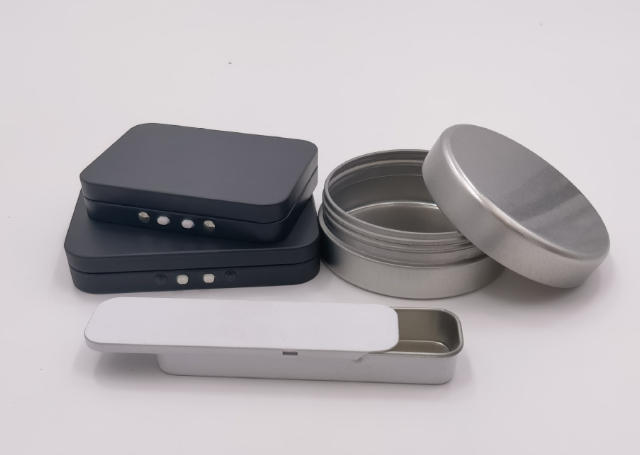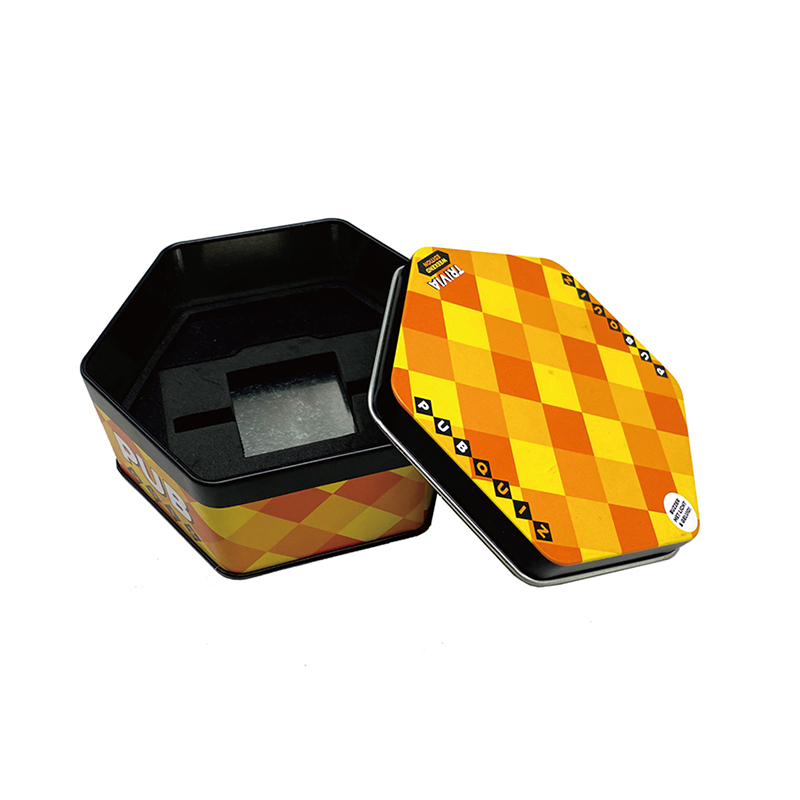The Sealing Performance of Tinplate Lid Paper Cans
The Sealing Performance of Tinplate Lid Paper Cans
With the continuous development of the domestic packaging industry, the paper can packaging field has stepped into a remarkable stage of rapid expansion. Nowadays, cylindrical paper can packaging comes in diverse forms and is being increasingly utilized across various industries. Lately, numerous small enterprises have been showing interest in tinplate cans, so let's take a closer look at them.
Tinplate paper cans are usually composed of a combination of paper and tinplate materials. Generally, the body of the can is crafted from paper, whereas tinplate is mainly employed for manufacturing either the upper lid or the lower base of the can. At present, tinplate paper cans have a broad presence in the market and are applied in a wide array of sectors.
When compared to fully paper-made cans, tinplate paper cans possess significantly enhanced sealing properties. All-paper cans are constructed entirely from paper, including their lids and bases. On the contrary, tinplate paper cans, with their tinplate lids and bases, offer much better protection against air and moisture ingress. In terms of the can body materials, tinplate paper cans can be divided into two main types: those with an incorporated aluminum foil layer within the body and those that are simply made of paper throughout.
Tinplate paper cans that feature an aluminum foil layer in the body demonstrate even more outstanding sealing performance. This particular kind of can is well-suited to meet the stringent waterproof and moisture-proof demands of most food packaging. Consequently, it has become a popular choice in the food packaging industry, providing reliable protection for food products and helping to maintain their freshness and quality.
You can tell me if you want further modifications, such as changing the tone, adding more content, or adjusting the length.



